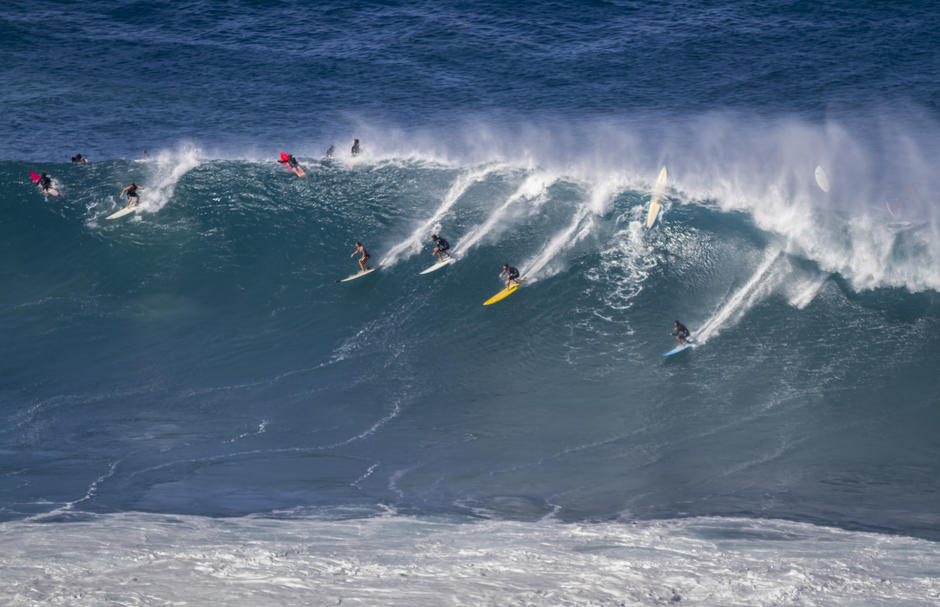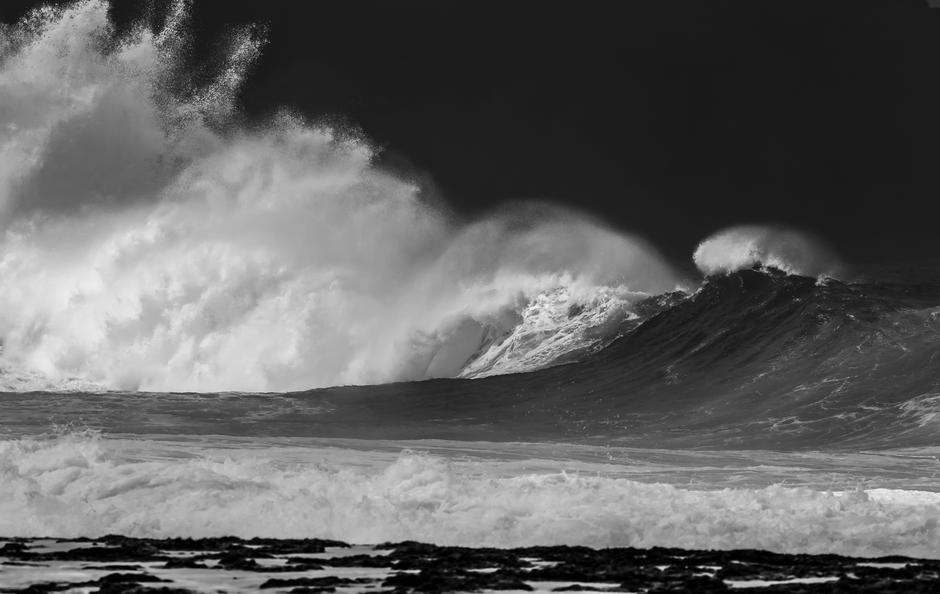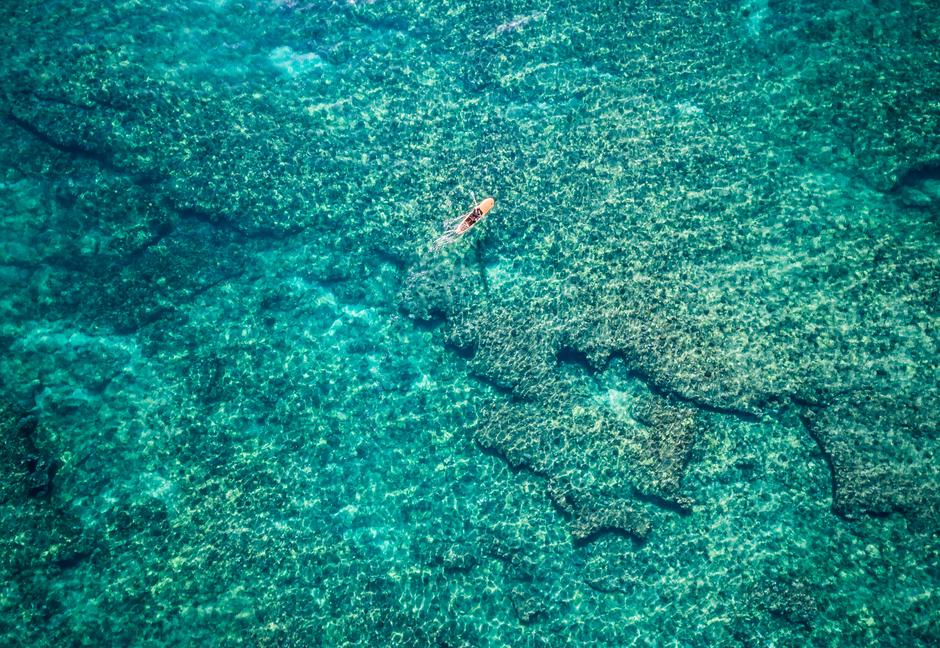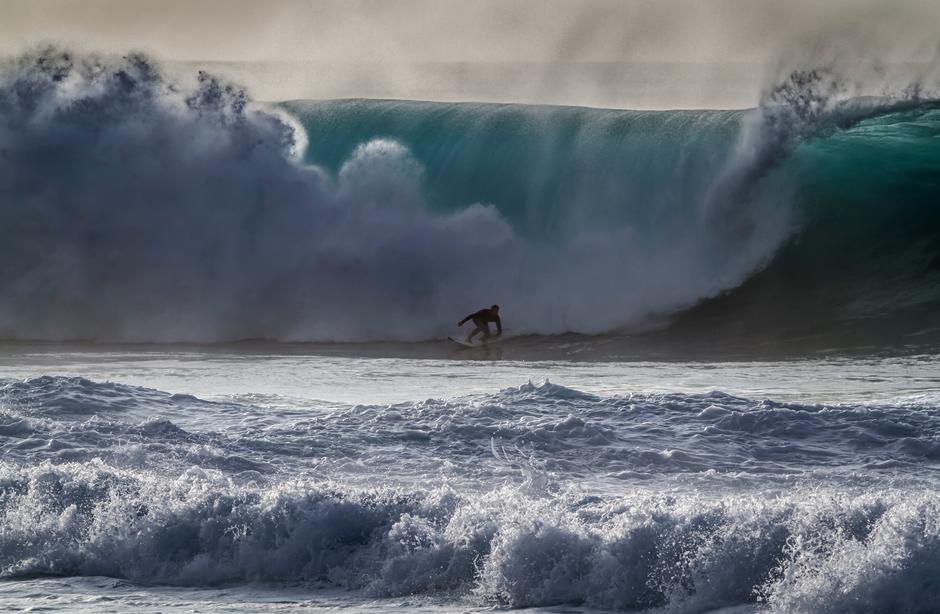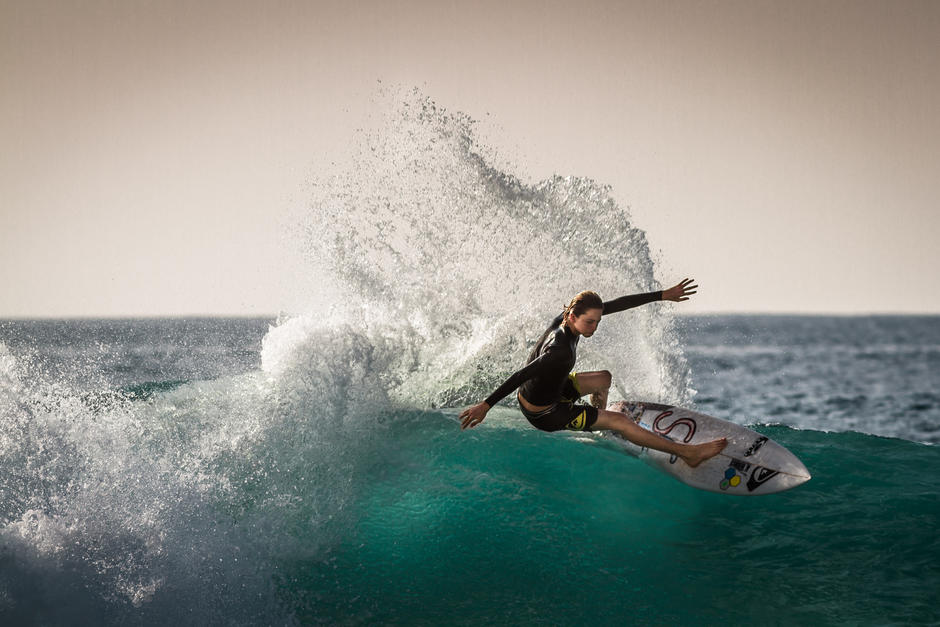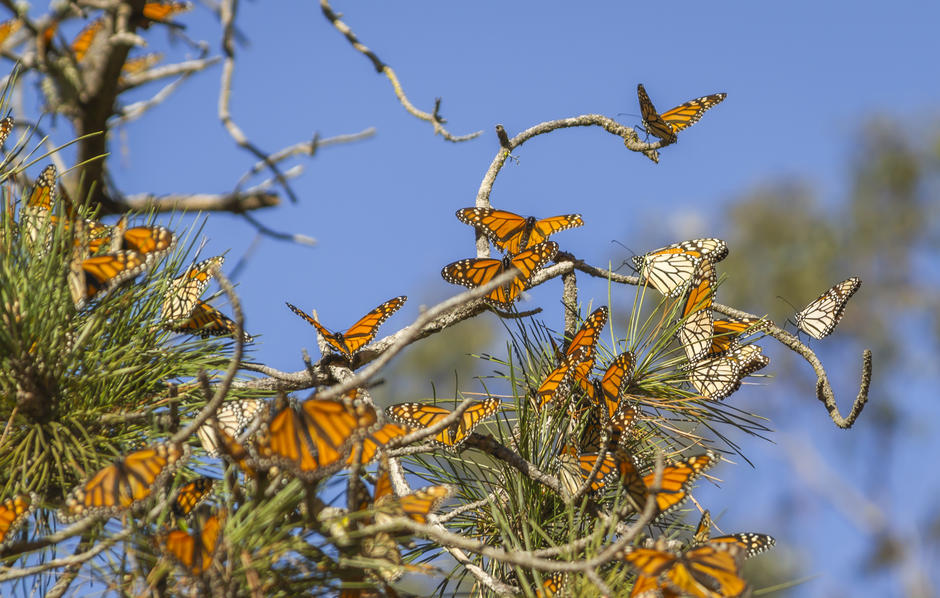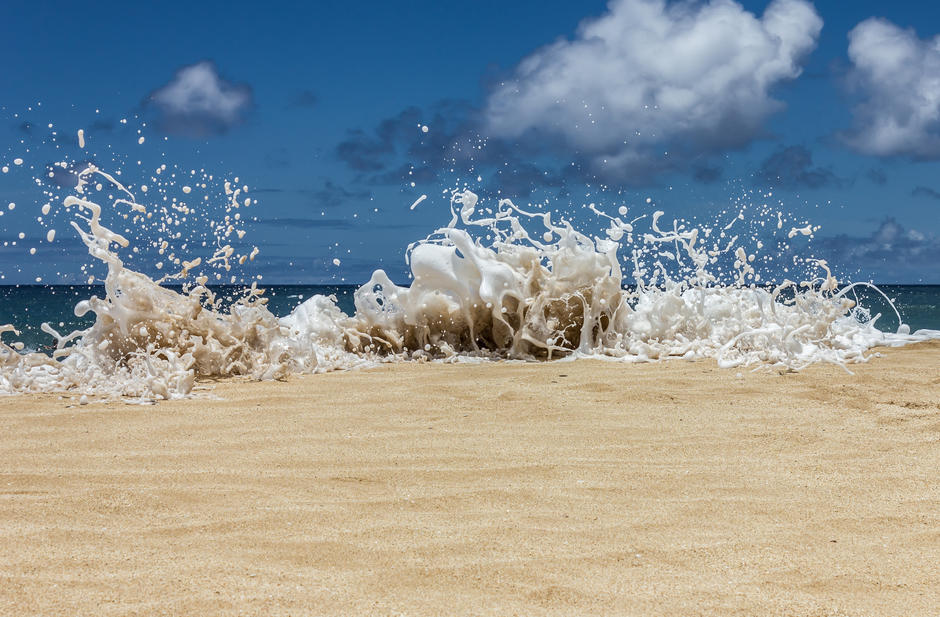Here in the islands we like to say “Lucky we live Hawaii”.
Even if you don’t live here, there is no reason why you can’t photograph it like a local when you come to visit. All it takes is a little digging or google-ing! Have a look on your favourite photo sites at what people are shooting around the places you're going to be visiting. Find it on a map or ask around when you get here. There is plenty of 'Aloha' here and people are very helpful!
If you are coming to the north shore of Oahu and want to shoot the big waves that we are so famous for, you’ll find that the biggest swells come in the winter months between November and March. The best spots to see the waves from is Waimea Bay to Ehukai beach park (also known as Banzai Pipeline). If there are no waves on the north shore, then try the south shore (Waikiki) or even the west side. There are usually waves somewhere – all you have to do is look. However, in the summer-time the waves are pretty flat, which is great for swimming but less good for photography.
Before heading out to shoot in any coastal area, you will want to check the tide schedule. The waves can get to as high as 50 feet here, and could easily sweep you away when a big swell comes in. Try to get there early in the morning and watch for at least 20 minutes to see where it’s safe to stand before setting up. No photo is worth getting washed off your feet (or worse) for, and ruining your gear. Never turn your back on the waves, and don’t stand on wet sand or rocks. I prefer to shoot in the morning and evening when it's sunny. Overcast days when the sky is stormy can be interesting, although the waves will look gray.
You will need a good zoom lens so you're able to alternate between close-up and landscape views. I use a 70- 200mm and a fixed 300mm. I like to experiment with my settings to get a fast shutter speed which gives great detail, or when it's low light I will slow it down to get a motion blur effect. Try shooting into the sun in the evening when the sun shines through the back of the wave and lights up the inside. Move around and look for interesting angles and backgrounds. Try to get some of the amazing surfers in the shot, too, as well as the empty waves.
But what if you get here and there are no waves? It's Paradise, pretty much anywhere you go here is beautiful and photogenic! A few stand-outs are the botanical gardens, Waimea Valley or a drive along the east side of the island to see the beautiful scenery. Also good is the Pali look-out, Kailua beach, Pearl Harbor, Ka’ena point to see the Albatross nesting, the wild beauty of Yokohama beach on the west side... and many, many other places. This is where google-ing comes in handy.
Here are a few other things to be aware of when photographing the area:
While exploring the islands keep in mind that, even in paradise, theft is a reality. Leave nothing in your car, not even for 5 minutes.
Traffic on the north shore to see the waves is almost as famous as our surf. Check traffic alerts before heading out or just plan on getting here early and staying awhile.
If you get hungry there are plenty of food trucks ( Garlic shrimp is the local specialty), or do what the locals do and order a “poke” bowl from the deli at Foodland.
Happy Shooting!
